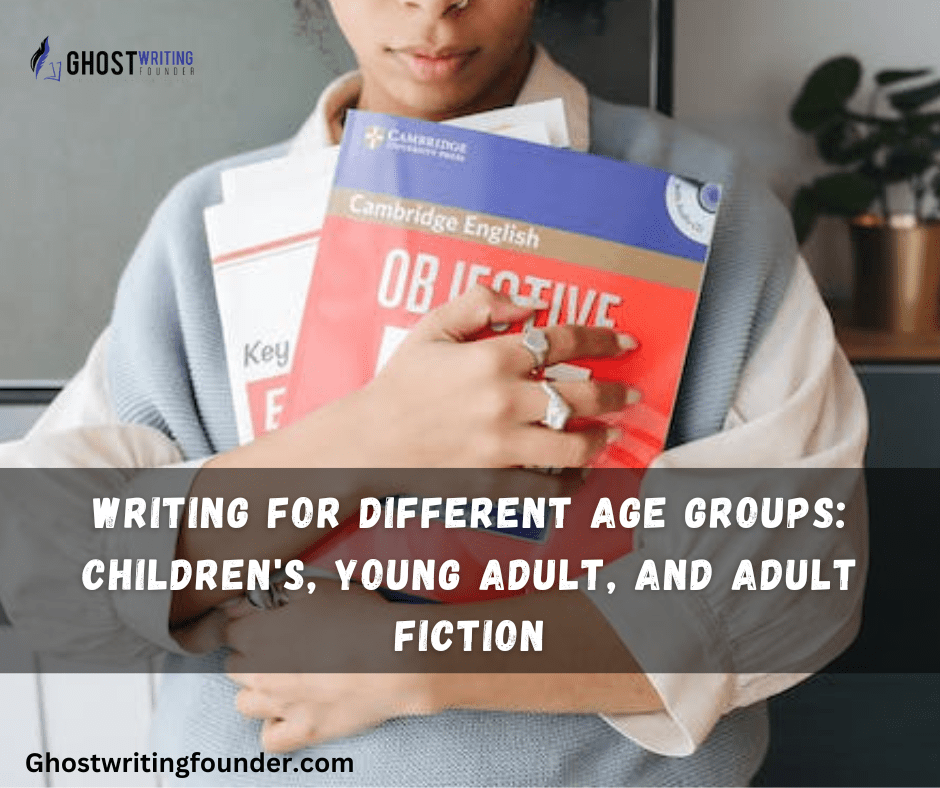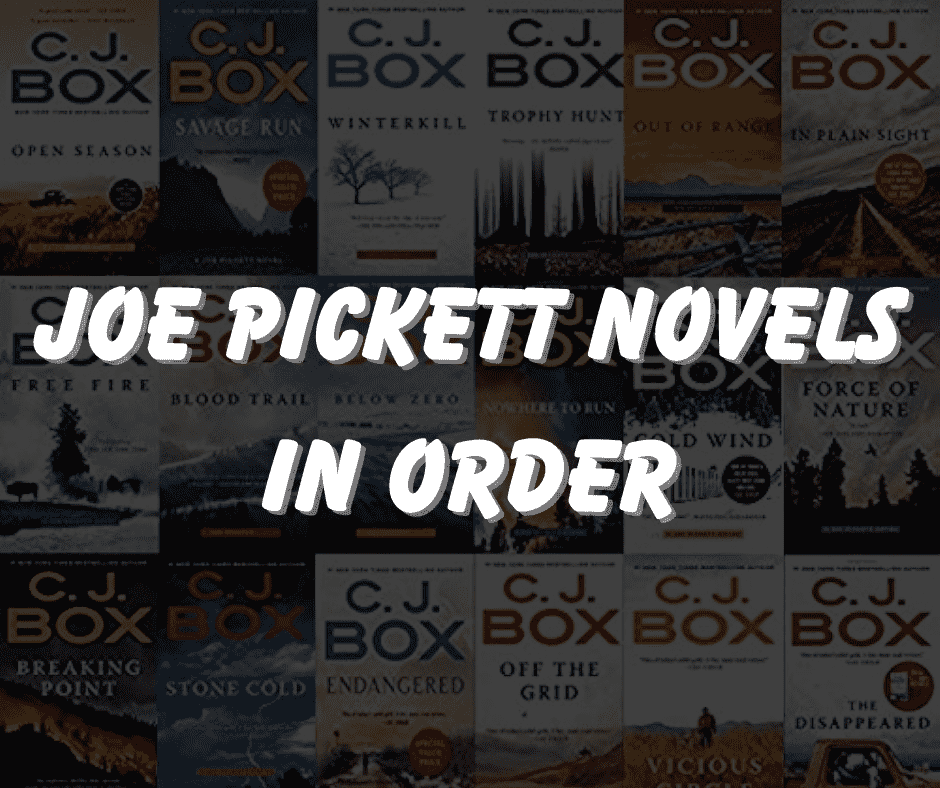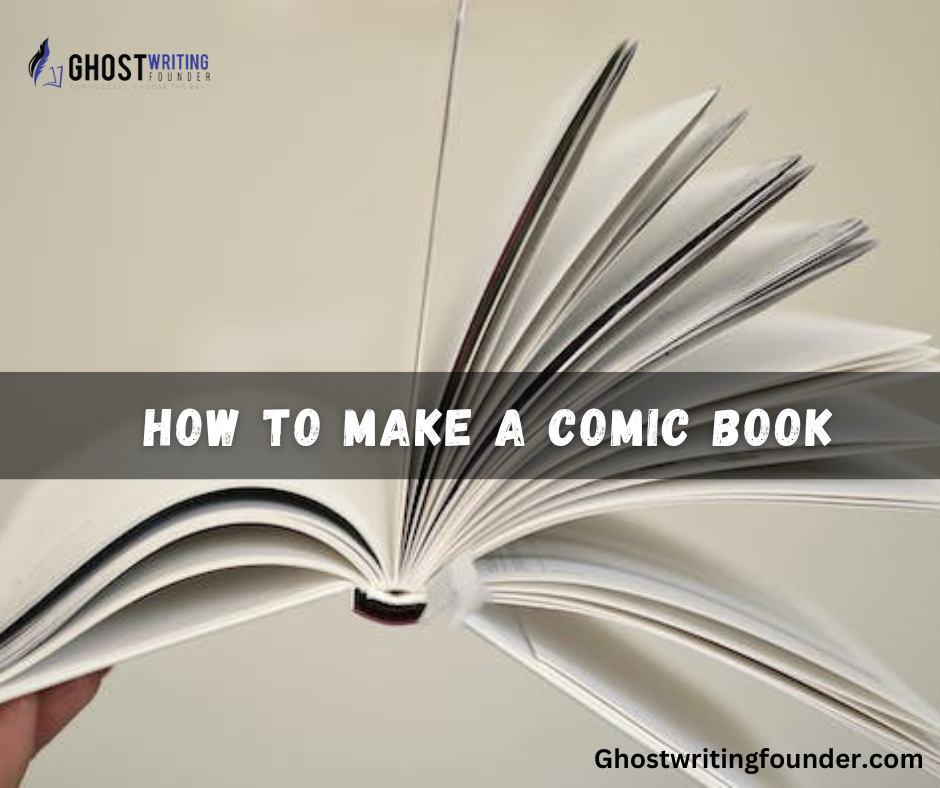
Writing
Welcome to this trip into the interesting world of stories, where we’ll learn how to write for different age groups. Our theme is “Writing for All,” an idea that tries to cover all the different ways to write for different kinds of people. This guide is the best place to learn how to make your stories fit different types of readers, such as children, young adults, and adults.
Writing for all ages requires different methods, knowledge of how people think, and care. We need to find out what our target group likes, what they’ve done, and how well they can read. So, let’s go on this journey with ‘Writing for All’ as our motto.
Writing for Children
Writing for children, commonly called children’s literature, encompasses novels, stories, poetry, and other literary works written specifically for children.
Understanding Children’s Literature
Children’s writing needs to strike a balance between being simple and straightforward to comprehend, imaginative, and informative on social matters. These tales not only amuse and enlighten young readers, regardless of whether the books in question are for younger children or those in the middle school age range. They educate children on how to read and think critically about appropriate and inappropriate behavior for the rest of their lives.
The Power of Imagination in Children’s Writing
Imagination and fun are important parts of children’s writing. Whether it’s a talking animal, a magical world, or an everyday thing that does something amazing, the fantastic is a big part of children’s books. As the children’s book writing expert, Ghostwriting Founder, suggests, “Magic lies in making the impossible seem possible.”
Effective Strategies in Children’s Book Writing
When doing children book writing and children book editing, it is essential to remember that The greatest method to learn is repeated practice, as detailed in our guide on How to Become a Novelist. Given their age range, the reader’s comprehension of the story’s words should not be difficult. Throughout literature, when writing for all, there is frequently an underlying moral or message that pertains to real life.
The Art of Children’s Book Editing
After the initial writing process, children’s book editing is a crucial step. This involves refining the story, ensuring the language is age-appropriate, and ensuring the message is clear. Professional editing can transform a good children’s book into a great one, much like the services offered by Children’s Book Editor.
Young Adult (YA) Fiction
The term “Young Adult” (YA) fiction refers to a subgenre of literature written expressly for readers between the ages of 12 and 18.
Understanding Young Adult Literature
Writing for young adults is a bridge between writing for kids and writing for adults. It’s often about discovering who you are, growing up, and learning how you feel. YA literature speaks to its readers because it reflects what they are going through and how they feel now, similar to the themes explored in Best Book Club Books for 2023: Engaging Reads for Thoughtful Discussions.
The Pull of the Fantasy Genre in YA Writing
Fantasy is a common type of YA fiction that tells big stories about heroes, foes, magical worlds, and big tasks. Underneath the fiction, though, these stories often show teens’ real issues.
Writing Realistic Fiction for Young Adults
YA, fiction also includes realistic stories about mental health, relationships, and societal problems. It’s important to talk carefully and honestly about these things.
Importance of Diverse Representation in YA Fiction
Contemporary young adult fiction is so enjoyable because it has a wide variety of narrative styles, as seen in The 15 Most Prestigious Book Awards for Book Authors, which often recognize diverse YA literature. The authors of novels for adolescents and young adults are increasingly writing about characters and tales from various racial and ethnic backgrounds, geographic locations, gender identities, and sexual orientations. Children develop greater empathy as a result of this, and they become better able to understand issues from the perspectives of others.
Adult Fiction
Fiction geared for adults, sometimes known as “adult fiction,” is a wide and varied subgenre of literature. Adult readers make up its target audience.
Unraveling Adult Literature
There are many different types, styles, and topics of adult literature. It allows for stories with complicated plots and deep themes, which appeal to readers with more emotional and intellectual growth.
Exploring Themes in Adult Fiction
Adult fiction writers can go into more detail about topics like identity, theory, politics, and the complexities of interactions between people, as discussed in Exploring the Depths of Literary Fiction: A Guide to the Best Works. These stories often have interesting things to say about society and people.
The Craft of Writing Engaging Adult Fiction
To write interesting stories for adults, you must know how to use words, build plots, make characters, and set the right pace. Enhance your skills with Content Development Services. It also requires a nuanced knowledge of what it’s like to be human and the skill to show that in a believable way.
The Role of Editing in Adult Fiction
In adult fiction, editing is highly crucial. It’s a process that can be greatly aided by professional services like Book Editing Services. It improves the tale, cleans up the terminology, and ensures the plot makes sense. It is the point at which an interesting narrative evolves into a piece of writing that individuals are interested in reading.
Essential Elements and Detailed Insights
| Age Group | Writing Focus | Key Considerations |
|---|---|---|
| Exploring Wonder (Children) | – Simple language and vivid imagination are essential in creating engaging children’s literature. – Immerse young readers in imaginative worlds and characters that spark curiosity. | – Strike a balance between simplicity and creativity. – Craft stories that educate and entertain, instilling foundational morals. |
| Navigating Identity (Young Adults) | – Young adult fiction bridges the gap between childhood and adulthood, focusing on self-discovery and growth. – Address real-life issues like mental health, relationships, and societal challenges. | – Connect with the readers’ experiences and emotions. – Incorporate relatable characters and situations to resonate with young adults. |
| Unveiling Complexity (Adults) | – Adult fiction explores intricate plots, deep themes, and nuanced characters. – Delve into topics like identity, politics, and human interactions with depth and sophistication. | – Develop a nuanced understanding of the human experience. – Use words effectively to convey complex ideas and engage readers intellectually. |
| Crafting Magic (All Ages) | – Regardless of the age group, incorporate elements of magic and imagination. – Capture universal themes that resonate with readers of all ages. | – Infuse a sense of wonder and magic into storytelling. – Tailor the narrative to connect with the shared human experience across generations. |
| Diverse Perspectives (YA Fiction) | – YA literature embraces diverse narratives, characters, and experiences. – Address various racial, ethnic, gender, and sexual identities to foster empathy. | – Highlight the importance of inclusivity and understanding in storytelling. – Explore diverse themes relevant to the young adult audience. |
| Editing Mastery (Children & Adults) | – Editing is a crucial step for both children’s and adult fiction. – Ensure language appropriateness for the respective age groups. | – Seek professional editing services to refine the story and enhance its appeal. – Polish the language to align with the target audience’s comprehension level. |
| Universal Connection (Writing for All) | – “Writing for All” transcends age boundaries, emphasizing connection and understanding. – Use words to create magic that resonates with readers of different ages. | – Develop a deep understanding of your readers, regardless of age. – Craft narratives that foster a universal connection and shared human experience. |
Conclusion
Writing for all, fiction for children, young adults, and adults, is a very interesting and gratifying task. It gives us access to many different points of view and experiences, opening up a world of stories just waiting to be shared. Don’t forget that “Writing for All” isn’t just about changing the language or idea. No matter how old your reader is, you must know and connect with them. So, keep writing, keep exploring, and use your words to make magic!
FAQs
What is the most significant difference between writing for all children and adults?
The main difference lies in the complexity of themes, language use, and reader engagement. Children’s literature focuses on simple language, vivid imagination, and foundational morals, while adult literature delves into more profound themes, intricate plotlines, and complex characters.
How do I ensure my YA novel appeals to young adults?
Your YA novel should contain characters and situations your readers can identify with, much like the engaging narratives found in Best Non-Fiction Adventure Books: Thrilling Tales of Real-Life Expeditions and Courage. Exploring themes relevant to their age group, such as self-discovery, friendship, first love, or navigating change, can make your book more appealing.
Why is diversity important in YA literature?
Diversity in YA literature allows readers to see themselves in the stories they read. It promotes inclusivity and understanding of different cultures, races, and orientations.

![Best Books On Manifestation [For 2023]](https://blog.ghostwritingfounder.com/wp-content/uploads/2024/01/best-books-on-manifestation-For-2023.png)







Leave a Reply